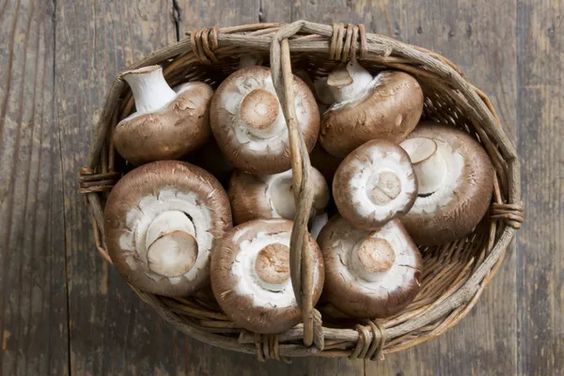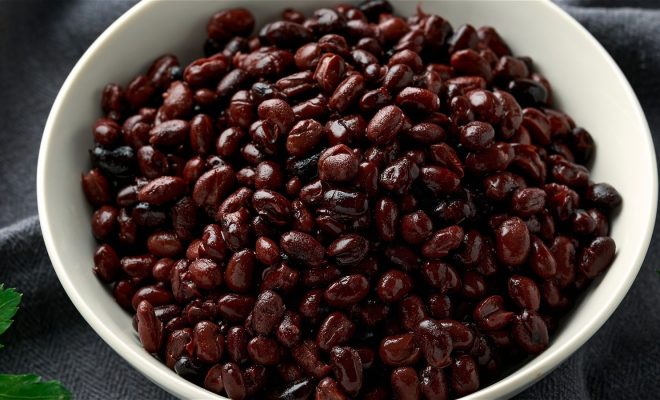The Ultimate Guide to The Best Steak of Your Life

Whether you’re a steak connoisseur or simply looking to impress at your next dinner party, knowing how to choose and cook the perfect steak can elevate your culinary skills to new heights. With an array of cuts, cooking methods, and seasoning options, it can be overwhelming to determine where to start. But fear not! This guide is designed to walk you through every step necessary for achieving the best steak of your life.
Choosing Your Cut
The journey to an incredible steak begins with selecting the right cut. Common options include:
– Ribeye: Known for its rich marbling and juicy flavor.
– Filet Mignon: A tender cut with less fat.
– Sirloin: Leaner than ribeye but still flavorful.
– T-Bone: Offers two unique steak textures in one cut.
– New York Strip: Balanced in flavor and tenderness.
Consider what you value most—flavor, tenderness, or a balance of both. High-quality marbling (the white flecks of fat within the muscle) contributes significantly to flavor and juiciness.
Aging
Aging meat can make a profound difference in texture and taste. There are two main methods:
– Dry Aging: Meat is exposed in a controlled environment for several weeks to concentrate flavor.
– Wet Aging: Meat is aged within a vacuum-sealed bag, keeping it moist.
While dry aging is preferred by many for intensifying flavor, wet aging is more common and still produces a tender steak.
Preparation
Bringing your steak to room temperature before cooking is crucial. Take it out of the fridge about an hour beforehand—it’ll cook more evenly this way.
Seasoning can be as simple as salt and pepper, but feel free to explore with garlic powder, paprika, or herbs like thyme and rosemary. If you prefer marinating your steak for extra zest, do so for several hours in the fridge.
Cooking Techniques
Now let’s get cooking! Here are some popular methods:
– Grilling: For that classic charred exterior,
charcoal grills are king.
– Pan-Searing: A cast iron skillet delivers a nice crust with even cooking.
– Oven Roasting: Best for thicker cuts, finishing in the oven after searing ensures doneness without burning.
– Sous Vide: For precision-cooked steak each time, sous vide is your go-to method before finishing with a quick sear.
No matter which method you choose, invest in a good meat thermometer to ensure your preferred level of doneness.
Resting
Rest your steak! After it’s off the heat, let it sit for about 10 minutes. This allows the juices to redistribute throughout the meat, ensuring each bite is succulent and flavorful.
Slicing
Always slice against the grain—meaning across the muscle fibers—for maximum tenderness. This applies whether you’re carving a roast or serving individual steaks.
Pairings
Finally, pairing can enhance your steak experience. Classic sides like baked potatoes or steamed vegetables work well; acidic components like a vinaigrette salad can balance richness; robust red wines commend beefy flavors beautifully.
Armed with these tips and techniques, you’re well on your way to enjoying not just a good steak—but the best steak of your life. Savor it bite by bite!






